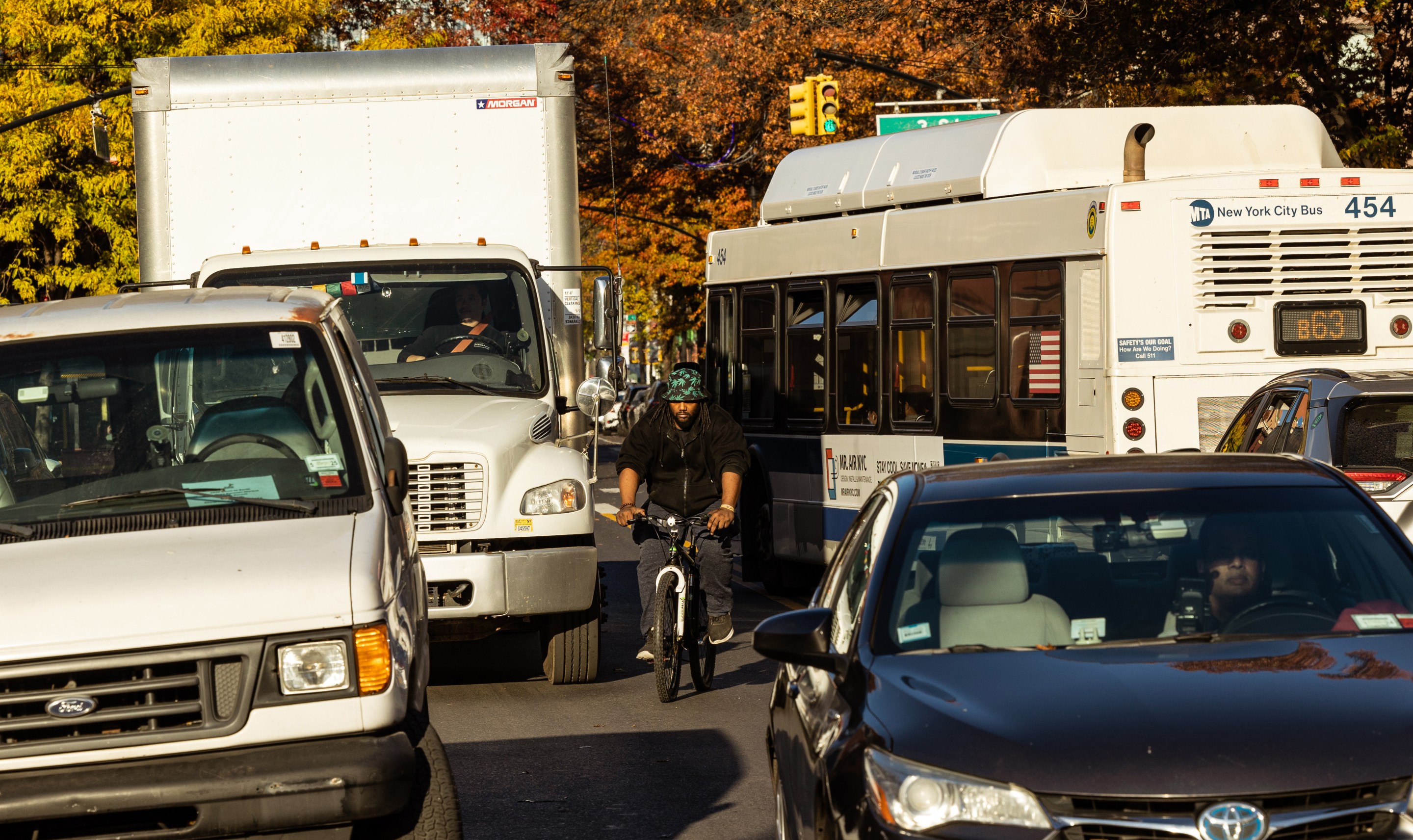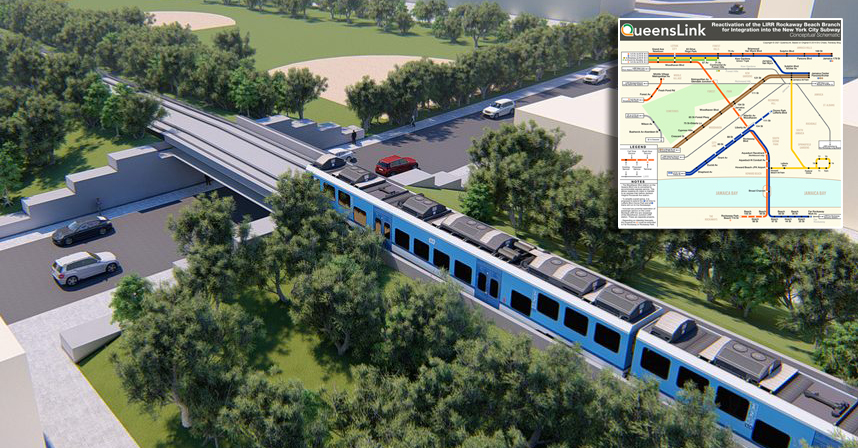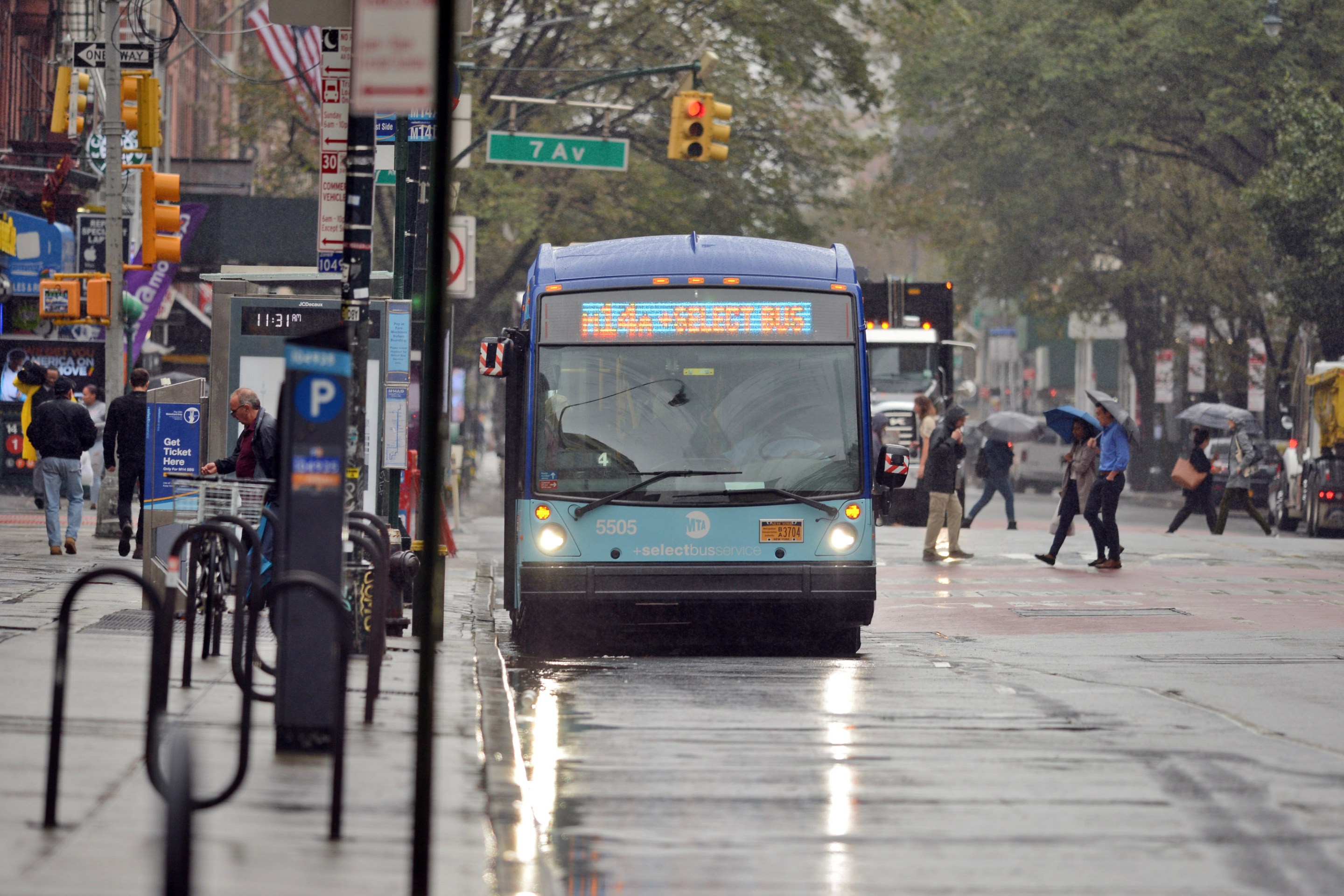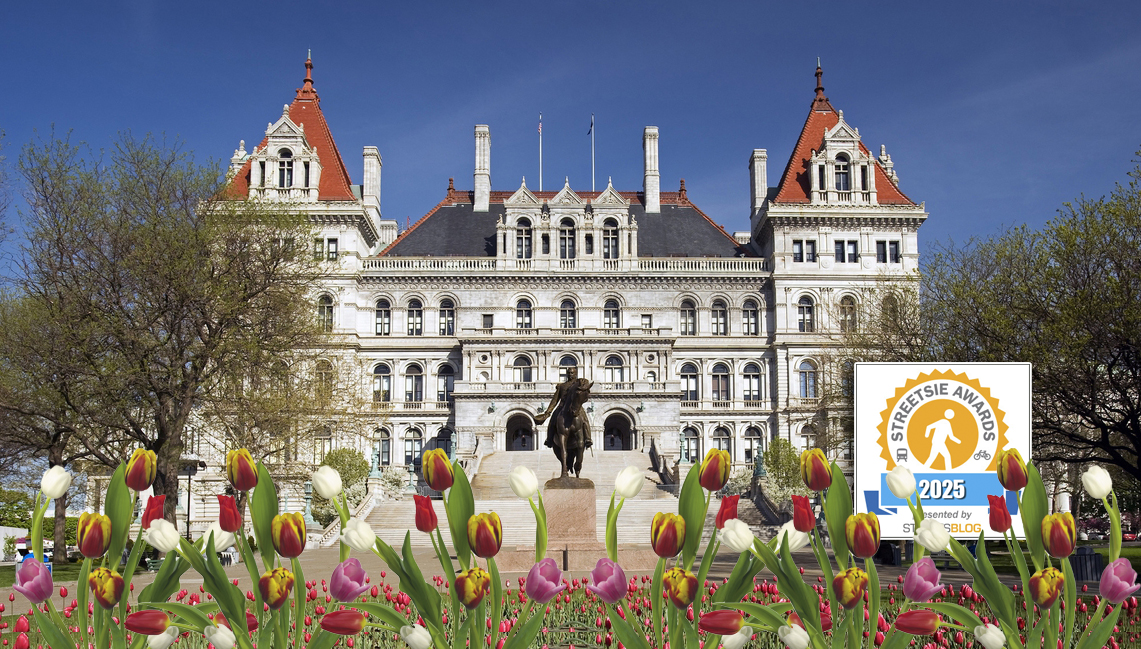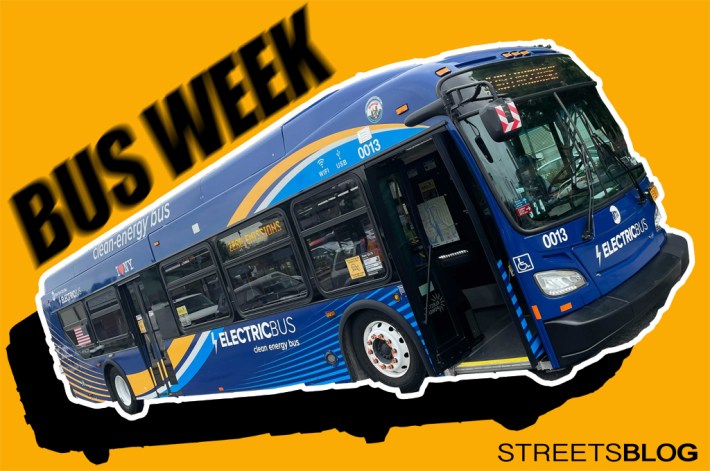
How did you enjoy Tuesday's "Gridlock Alert Day"? Well, in the next three weeks, look forward to 10 more of these days — when policymakers plead with drivers to leave their cars at home. It’s a name that can’t do justice to the costs of driving when there’s no space left on our streets. But there are no carrots, no sticks; thoughts and prayers only.
Once, city leaders pledged to wean New Yorkers off the status, comfort and convenience of driving. Council Speaker Corey Johnson was blunt: “I think we have to break the car culture in this city.” Comptroller Scott Stringer agreed: “You can’t bend the car culture. You’ve got to break the car culture.” Mayor Bill de Blasio, looking back on his time in office, declared, if perhaps from a rosy, windshield perspective: “For years, we have been trying to undo the car culture.”
But while they identified a culture, they never described its nature, making the problem tough to solve. New York doesn’t have some generic, off-the-lot car culture. Our situation is bespoke, contingent on density and the whims of Robert Moses and his lesser successors.
We are, paradoxically, dependent on public transit and plagued by the congestion posed by millions of cars, choking exhaust, hundreds of annual traffic crash deaths, and the nation’s slowest bus service.
Instead of describing our car culture, pols of yesteryear pumped an exhaustive list of solutions — bikes, boats, buses, scooters, trolleys, trains, and more.
But we have those things. They would have solved the problem if they could have on their own.
Thankfully, the pandemic laid bare what we’ve faced on our streets for far too long, from awful events like a loud guerrilla car meet-up to banalities like Upper West Siders’ accelerating parking woes.
Promised freedom behind the wheel, city drivers are constrained, embattled, aggrieved, desperate and defiant. Red lights, pedestrians, children, seniors, deliveries, construction and, of course, the relative scarcity of artificially free parking, make driving here at best unpleasant.
Drivers need to set aside illegal mopeds for a minute — driving wasn’t blissful before instant delivery. In fact, walking is become a lot harder because of the rogue devices.
Nor will — or can — the car culture improve. For decades, planners tried. They built highways, widened streets, and added lanes. All that did was invite demand for more road space and more parking.
By contrast, as with the West Side Highway collapse or the 14th Street Busway, losing lanes doesn’t boost congestion. Instead, drivers cancel or combine trips and choose among an array of alternate routes between their origins and destinations.
During the pandemic, New Yorkers bought more cars than before, registered them less often, and sometimes hid their license plates to cheat toll collectors and beat traffic enforcement cameras. Emptier streets and less enforcement gave rise to an epidemic of speeding and a major uptick in crash deaths that is finally abating.
But no one got in the driver’s seat on Fordham or Flatbush and began reciting Whitman’s Song of the Open Road (“Afoot and light-hearted…”).
Escaping our car culture and ensuring the freedom of access to opportunity we deserve requires policy change. Change requires leadership. Backlash is inevitable, especially with drivers already so frustrated. Community outreach should be limited to how a project is done — not whether it happens. Consensus is nice, but unnecessary. We elect and pay our leaders to do hard things.
Nowhere is this more obvious than on the bus. New York’s over two million bus riders are invisible nearly by design. No one packs onto a bus to show off. We ride buses because they’re affordable and efficient, though they would be much more so if they were also fast and reliable.
Everyone rides the bus with somewhere to go, often to reach an essential job, get an education or receive healthcare. Wasting riders’ time by blocking bus improvements is heinous.
Better bus service is not a zero-sum game between struggling riders and entitled drivers. Congested streets don’t work for anyone. When delivery trucks idle, ambulances inch among double-parked cars, and everyone is late to work, whether in a car or on the bus, something has to give. And that something is the privilege of taking up excess public space.
Better buses take many forms, from dedicated busways to offset bus lanes to dignified shelters to priority at intersections. Around the world, cities that envy our subway network are eating our lunch when it comes to bus service.
Despite a subway that doesn’t reach major parts of our city, is vulnerable to climate change and is expensive to expand, we can’t stand still or yield our edge in public transit. We must join our peers and dramatically improve our buses, too.
After all, according to recent coverage, by beefing up buses to meet millions of New Yorkers’ needs, we have nothing to lose but “the gunshot popping of tricked-out vehicles without mufflers” and “a flurry of parking tickets” – $1.1 billion worth of them unpaid last year.
